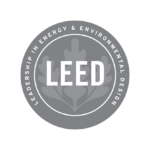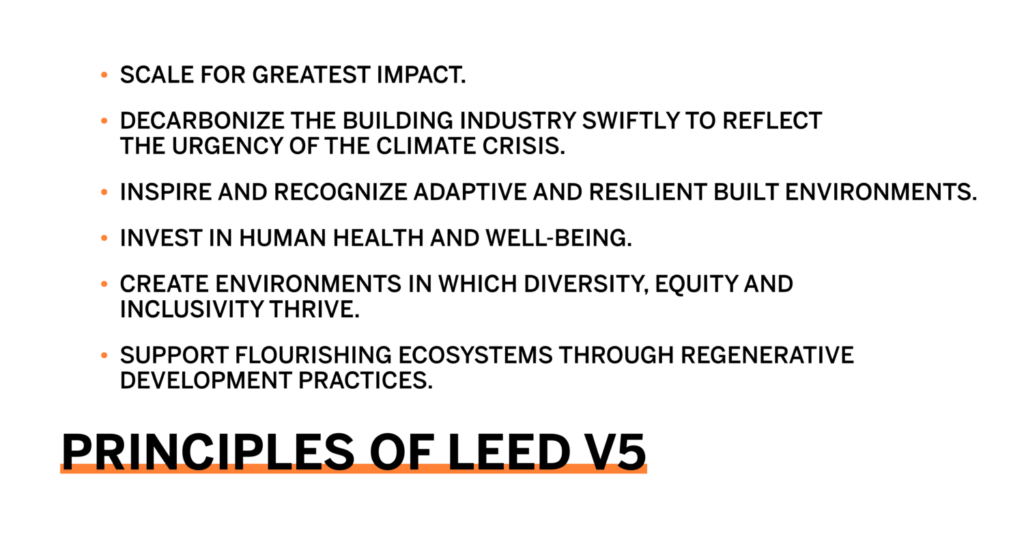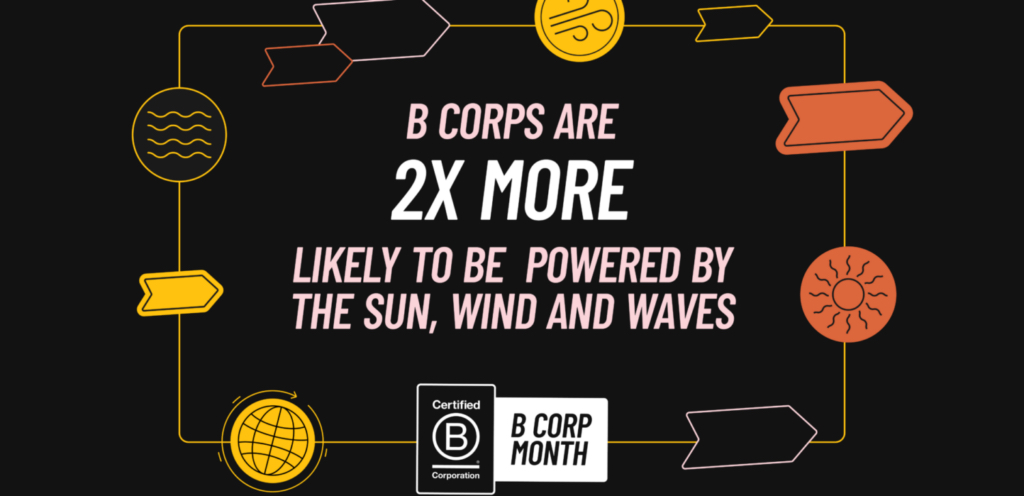Written By: Kyle Ritchie
Effective May 1st, 2023, the USGBC will introduce a new pricing system for LEED registration and certification. The structure includes a higher flat fee for certification and an increase in pricing per square footage beyond a specific threshold. While the pricing varies by project type, certification level, and square footage, the overall increase is long overdue and represents a natural evolution from the previous pricing model.
The Evolution of LEED Pricing Over Time
The USGBC has been using the LEED certification program since 1998 to encourage and recognize sustainable building practices. Just like LEED itself, the pricing model for LEED registration and certification set by the USGBC has evolved over time.
Initially, the program was free to join, and registration fees were charged only for those seeking certification. In 2004, the USGBC introduced a tiered pricing model based on project size, which remained in place until 2010 when it was replaced by a flat fee. The flat fee remained in effect until 2016, when the USGBC introduced a new pricing structure that incorporated project type and size, with reduced fees for smaller projects. This model was intended to increase access to LEED certification for smaller projects, while larger projects would pay a higher fee. However, this pricing structure is now set to be replaced with the new pricing system, which aims to simplify the fee structure and increase revenue for the USGBC.
The Investments That USGBC are Making as a Result
With the additional revenue tied to increased certification costs, the U.S. Green Building Council will be further investing in multiple resources to support the design and construction community like never before. These investments include the development of the Arc platform – a digital tool that helps building owners and operators track their sustainability performance – in addition to the launch of LEED v5, and new credits that address social equity issues, such as access to public transportation and affordable housing. This year, to support LEED v5, USGBC also plans to launch a single, streamlined platform for LEED projects designed to make a smoother and more intuitive certification process. These efforts aim to ensure that the benefits of sustainable building practices are accessible to all communities, regardless of their socioeconomic status or location. Overall, USGBC’s investments in initiatives such as the Arc platform, LEED v5, and the promotion of equity demonstrate its commitment to advancing sustainable building practices that benefit both people and the planet.
Photo provided by the USGBC.org
Impact on Project Teams
The new pricing structure poses a minimal adjustment for project teams pursuing LEED certification however, there are many steps that can be taken to further minimize the impact of this cost increase:
- Planning: Teams should incorporate the new pricing structure when budgeting for LEED certification. Additionally, they should consider prepaying registration and certification fees ahead of the May 1st increase to take advantage of the current pricing model.
- Alternative certifications: While LEED is a well-known certification, other sustainable certifications are available. Other green building certifications are available for those interested in exploring alternative options, such as the Living Building Challenge, Enterprise Green Communities, and the WELL Building Standard certifications focus on creating sustainable and healthy living environments. Project teams can evaluate and compare these and other certifications to determine the most suitable certification for their project’s goals and budget. Pathways, such as “crosswalks” and dual certifications, are also emerging on a regular basis to provide additional value to owners and teams while reducing the documentation efforts required when applying more than one rating system on a project.
- Incentives and grants: Buildings pursuing sustainability certifications commonly can benefit from utility incentives, federal tax rebates, and alternative forms of financing. Utility providers may have incentive programs that pay out for achieving certain certifications, qualifying for prescriptive measures, or by showing savings using custom routes. The Inflation Reduction Act has bolstered federal tax rebate programs like 179D (commercial energy savings), 45L (residential energy savings), the investment tax credit sections 25D and 48 (small scale renewable energy), and the production tax credit (large scale renewable energy). There are also options like PACE, the Property Assessed Clean Energy program, which provides an opportunity to finance energy improvements to new and existing buildings based on the reduction to utility costs that those investments yield. Teams should investigate these opportunities and utilize any financial tools that apply to their project, this will work towards offsetting any additional cost of LEED registration and certification. (More information linked in Sources section below)
Impact on the Design and Construction Industry
The new pricing structure will only minimally impact the design and construction industry, as it relates to overall costs of certification. While it may discourage some projects from pursuing LEED certification, especially those with limited budgets, the overall increase in cost is well overdue and will further support USGBC’s efforts to better serve the sustainable design industry. While this could initially reduce the number of LEED registrations taking place once the new pricing model comes into effect, we can certainly expect to see an explosion of registrations taking place before May 1st.
Conclusion
The USGBC’s new LEED registration and certification pricing represents a slight adjustment from the prior pricing model, which may pose a financial challenge for project teams pursuing LEED certification. However, there are steps that teams can take to minimize the impact, including incorporating the new pricing structure in planning, exploring alternative certifications, and leveraging incentives and grants the available financial tools. While the pricing increase may discourage some projects from pursuing LEED certification, it may also drive innovation and creativity in sustainable design. Ultimately, the impact of the pricing change on the design and construction industry remains to be seen, but most importantly: it highlights the importance of balancing sustainability objectives with financial feasibility.
The adoption of sustainable design practices is crucial for the health of our planet and future generations, and the design and construction industry must continue to evolve and adapt to make it more accessible and achievable for all.
Sources:
New 2023 LEED Fees Coming May 1
New LEED Pricing to go into Effect on May 1
Property Assessed Clean Energy Programs (PACE)
Energy Efficiency Rebates for Commercial Buildings
Credits and Deductions Under the Inflation Reduction Act of 2022
179D Commercial Buildings Energy-Efficiency Tax Deduction
45L Tax Credits for Zero Energy Ready Homes
Homeowner’s Guide to the Federal Tax Credit for Solar Photovoltaics







